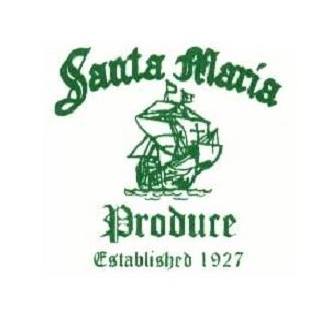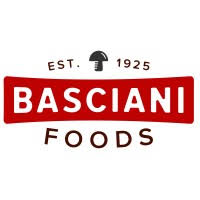Editor's Note: This story is from the May-June issue of PMG magazine. Read the digital editions.
What is specialty produce, actually, and why does it matter for foodservice?
“Specialty produce is a great way for operations to improve their menu and overall business. It gives them an opportunity to upsell these more expensive items because they are unique, special and often harder to come by,” says a blog post by Athena Farms, an Atlanta-based wholesale distributor of produce and other items to foodservice customers. “This can be because of the item’s short growing season or that they are more expensive to grow if they require special care or are sensitive to climate changes.”
Spell it out
Specialty produce is also those items coming in from all over the world that aren’t already a mainstay in major U.S. supermarkets, at least in any sizable volume (although some retailers tailor inventory to each store’s neighborhood demographic).
Items could include cactus leaves, carob, epazote, dasheen, gai choy, cape gooseberries, mangosteen, pearl onions, persimmons, quince, taro root, watercress, Chinese okra, rambutan, Tahitian squash and water chestnut.
These suggestions are welcome, as foodservice operators are looking for innovation and ideas from their produce suppliers.
After all, restaurants are where food trends are born. Think of lasting trends like avocado toast and crispy, maple-glazed Brussels sprouts with bacon, as well as newer ones like microgreens and dragon fruit drinks.
“A trend’s life cycle is defined by where that trend shows up — starting at fine dining restaurants and then eventually finding its way to mainstream supermarket shelves and beyond,” according to a Datassential trend report.
Restaurants to watch
The growing number of American consumers with roots outside of Europe means what’s considered “specialty” may not be for long. Those foods can become mainstream sooner rather than later.
How do you get in on the ground floor and become known for offering those items? Restaurants.
Pay special attention to what’s going on at independently owned fine-dining restaurants, where chefs can explore, experiment and take culinary risks. But also notice the dishes at more casual, independent restaurants that serve the cuisine of one specific culture or country.
Operators aren’t shrinking menus as much as we may think given consolidation, pricing, labor shortage and supply issues.
Among almost 7,000 U.S. foodservice operators, menu-item counts are up 2.3% in the past five years and up 1.1% over the past year, according to an April 2023 State of Foodservice report from International Fresh Produce Association.
Excite those chefs
There was a big menu dip at the onset of the COVID-19 pandemic, but the fact that menu incidence is up from pre-pandemic times is a good indication of recovery.
“That ever-evolving rotation of produce coming in is what continues to get people excited, and we’re always trying to find those things, working with local farmers, producers and suppliers and even our purveyors, to find what’s a little bit different, what maybe our cooks haven’t seen in a while — or ever,” said Steve McHugh, executive chef, proprietor and owner of Cured Restaurant Group, based in San Antonio, during an IFPA virtual town hall on foodservice.
The six-time James Beard Award finalist for Best Chef in Texas, who Forbes called “a leader in culinary sustainability,” won IFPA’s 2022 Produce Excellence in Foodservice Award.
“And working with different heirloom crops, heirloom cucumbers and tomatoes and squash and melons and things like that — that aren’t your standard grocery store fare — that’s what really keeps people excited.”

















